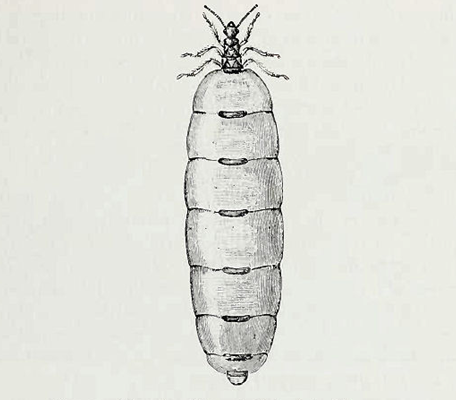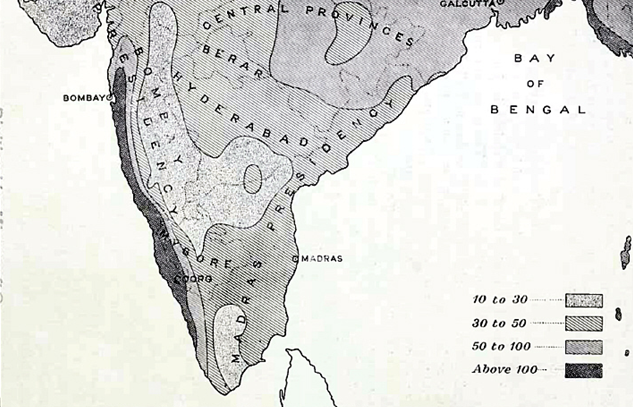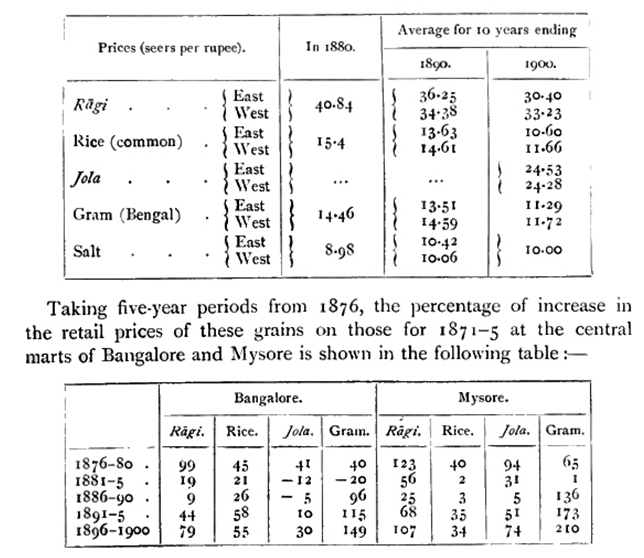Mysore State: Fauna
This article was written between 1907- 1909 when conditions were Readers will be able to edit existing articles and post new articles |
From Imperial Gazetteer of India, 1907 – 1909
Mysore State (Maisūr): 1909
Fauna
Elephants range through the southern forests and are also found in Shimoga District. A special Khedda department for their capture and training was formed in 1873, but was in abeyance from the famine of 1876 until 1889, when it was again in operation till 1898.
Tigers, leopards, and bears are numerous. Bison are found in the western and southern forests. Various kinds of antelope and deer, wild hog, wolf, and wild dog are met with in different parts. Monkeys abound, and the southern langūr frequents the western woods.
Otters and pangolins may also be mentioned. Among birds, peafowl are common in the west ; pelicans are also found, with numerous game-birds. Jays, parrots, kingfishers, orioles, and other birds of gay plumage are common. So are vultures, with many kinds of kites, hawks, and crows, as well as owls of various kinds. Of reptiles, the hamadryad is met with in remote and dense forests.
Cobras, pythons, the karait, the rat snake [S. 167] or dhāmin the green snake, and others are general in all parts. Iguanas and chameleons may often be seen, while large lizards called 'bloodsuckers' are universal. Crocodiles abound in most of the western rivers, where mahseer and other large fish are also to be found. Of insects, leeches are common in the forests in the wet season, and are very troublesome. The lac insect propagates on the jālāri tree.
Bees of many kinds are common. A small fly, not bigger than a flea, called the eye-fly or mango-fly, is quite a pest, especially in the mango season, and spreads ophthalmia. Mosquitoes are universal, and white ants or termites insatiable in their ravages. There is a great variety of mantis, some of which simulate straws or leaves.
Climate
The year in Mysore may be divided into three seasons : the rainy, the cold, and the hot. The first commences with the bursting of the south-west monsoon, generally early in June, and continues, with some interval in August and September, to the middle of November, closing with the heavy rains of what is popularly called the north-east monsoon. It is followed by the cold season, which is generally entirely free from rain, and lasts till the end of February.
The hot season then sets in during March, and increases in intensity to the end of May, with occasional relief from thunderstorms. The temperature is most agreeable during the rainy months, the range of the thermometer at Bangalore at that season being between 64° and 84°. In the cold season the mercury falls there as low as 51° in the early morning, and sometimes rises to 80° during the day. The minimum and maximum in the shade during the hottest months are about 66° and 91°, or in extreme seasons 96°.
The annual rainfall ranges from over 360 inches on the crest of the Western Ghāts to as little as 19 inches in the north centre. But these are extremes that apply only to limited areas. The excessive rain of the Malnād rapidly diminishes eastwards, and from 20 to 37 inches may be accepted as the general annual average for the greater part of the State1.
The zone of heavy rain, 60 inches and over, is confined to the Western Ghāt region from Sorab to Manjarābād. From 40 to 60 inches of rain fall between Sorab and Shikārpur, in the Bābā Budans region, and in Heggadadevankote. The zone of 25 to 40 inches extends over all the remainder of the State, except Chitaldroog District, the north of Tumkūr and Kolār Districts, and the extreme south-east of Mysore District, which have less than 25 inches.
The distribution closely follows that of the forest belts, the heaviest rain coinciding with the evergreen belt, the next with the deciduous forest, and the least rainy tracts with the dry belt. [S. 168]
1 The mean annnal relative humidity of the Mysore State is set down by Mr. H. F. Blanford as 66. that of Malabar and Coorg being 79, and of the Carnatic 67. (Climates and Weather of India.)
The cold-season rains, December to March, are insignificant, scanty, and not much needed for the standing crops. But they are useful in keeping up the pasture supply. The hot-season rains, in April and May, sometimes called mango showers, are of the accidental kind, and give heavy short storms from the east.
They are very important for agriculture, as a copious fail replenishes the tanks, and enables the cultivators to prepare the land for the ensuing monsoon. The southwest monsoon from June to September is perhaps the most essential for the country, which requires the steady drizzling rains of this season to make the soil productive. The north-east monsoon in October and November is essentially important for filling the tanks, and providing a store of water that may last over the rainless months.
A Meteorological department was formed in 1893, with observatories at Bangalore, Mysore, Hassan, and Chitaldroog, and having under its direction 203 rain-gauge stations. The following table shows the average temperature and rainfall recorded at Bangalore, Mysore, and Chitaldroog for a period of years prior to 1901 :—





